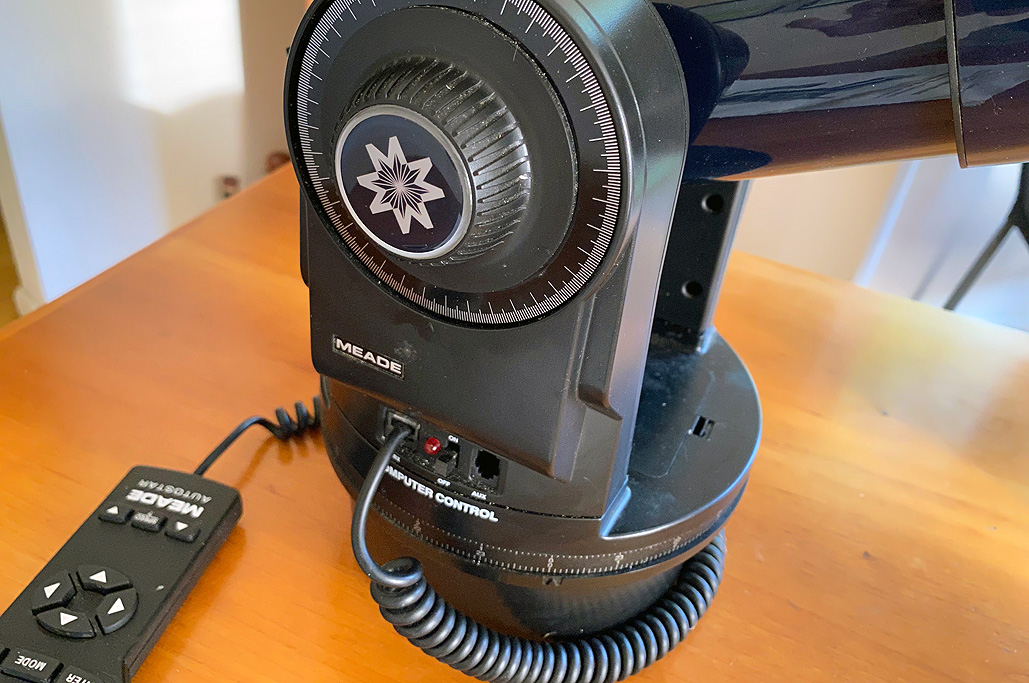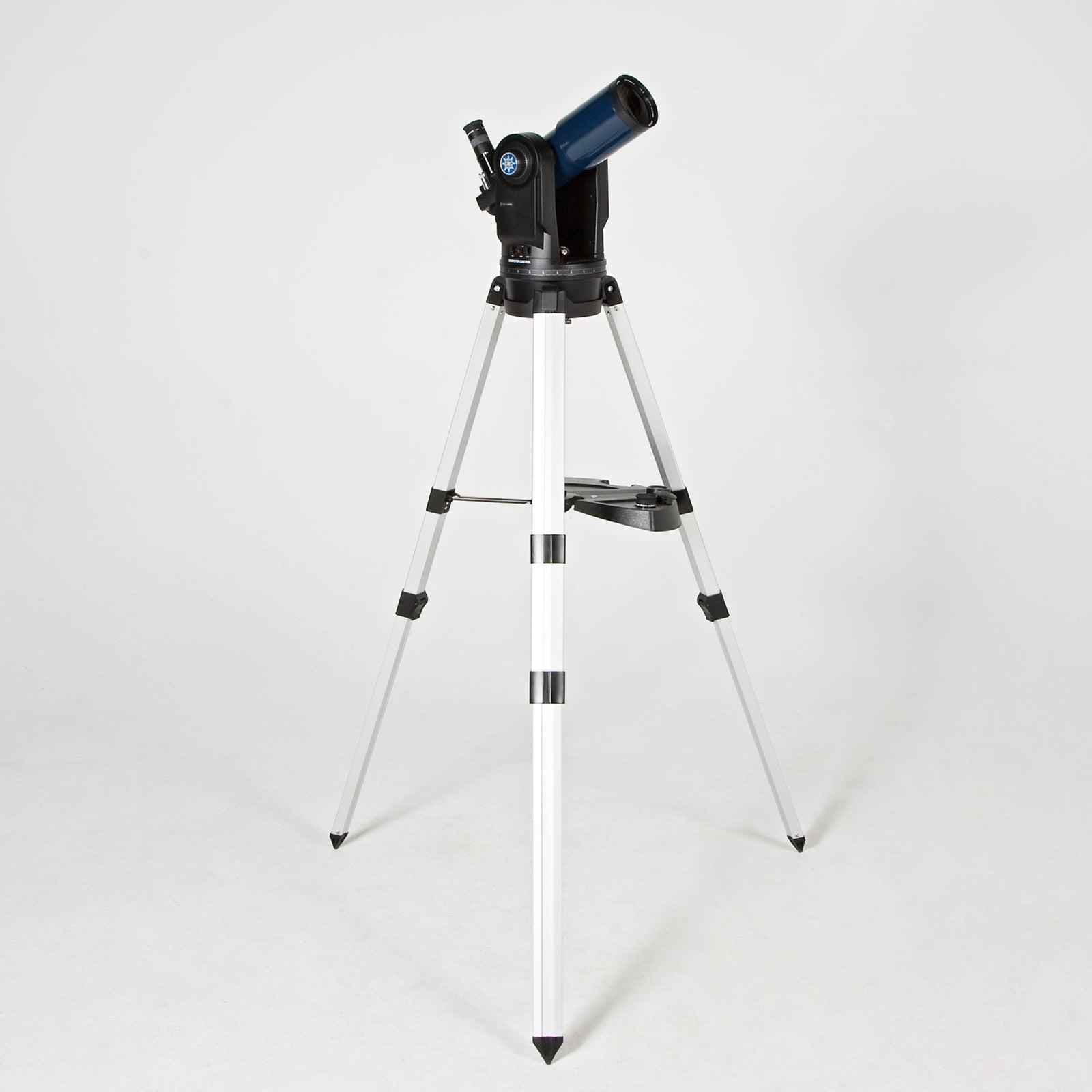


The 32KB ram always occupies the lower 32,768 addresses the 68hc11 can reach, or "page zero". So how does it handle a megabyte of firmware? By "mapping" the megabyte into 32Kbyte "pages". It can only directly access ("address" in computer-speak) 65536 bytes of memory at once. Integer (whole) numbers in the range of +32767 to -32768 (or 65536 if all possible states are assumed +). It also has three 16-bit temporary storage and computation "registers", each capable of holding That means that its primary calculations are done with temporary storage of only +127 to -128. Which the Autostar uses to monitor the battery voltage. That chip includes on-chip timers, parallel and serial ports and an analog-to-digital converter, The computer portion of the Autostar is the Motorola 68HC11.

Its contents are lost when you power down. the 32 Kilobyte static RAM (random access memory) which serves as the bottom half of the 68hc11's working space,Īnd which also serves as the temporary memory during operation.the two 1/2-Megabyte Flash Rams which hold the firmware program for the 68hc11.(it also helps to warm the LCD display on cold nights)(really!) the 5-volt regulator which drops the ETX's 9 or 12 volts to the levels used by the components in here.the two-line back-lit Liquid Crystal Display (LCD) plugged into a connector.the Motorola 68HC11 8-bit computer chip, (CPU).Here's a rough picture of the components you'd see with the back off:Įach rectangle in the picture is an integrated circuit, or "chip". The other side is where all the fun happens. It only has copper pads which the conductive rubber keys contact.īehind every key is a Light Emitting Diode (LED) to illuminate it. The key-side is hard to expose, and doesn't have much of interest on it.

If you take off the covers of your Autostar, you'll find that it contains a two-sided circuit board. Inside the Meade ETX Autostar 497 Inside the 497 Autostar ETX.


 0 kommentar(er)
0 kommentar(er)
